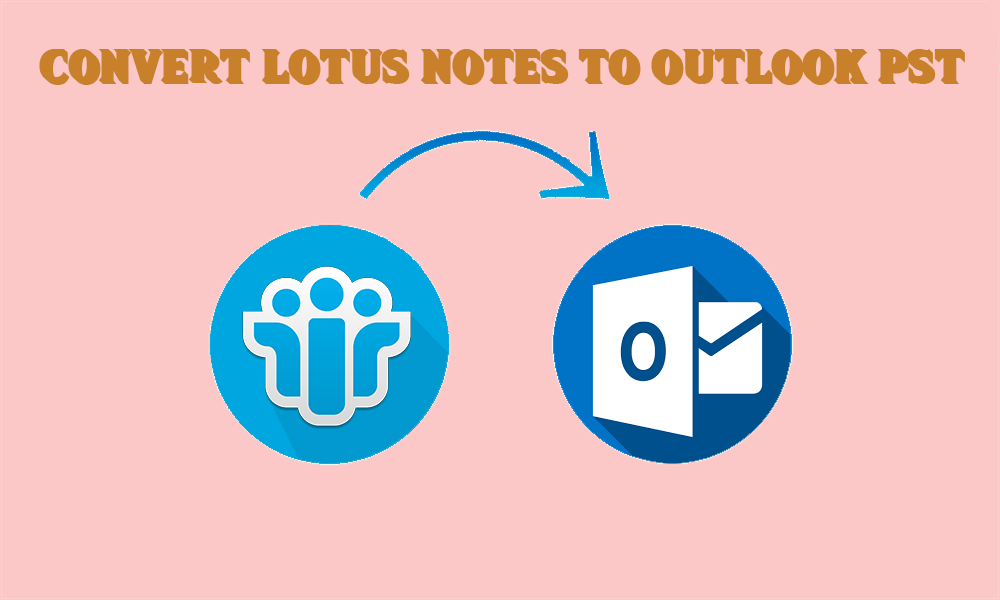Today, one of the most important things for a business is to have a strong online presence. People work, hire and look for partners in the digital world, so if one is to succeed, they need to be adequately represented. One of the crucial issues that may determine this is a domain name. Not only is your domain name an SEO ranking factor, but it may also influence the attitude of your clients and potential clients towards your business. However, choosing the ideal domain for your business is never an easy task. For example, one of the first problems you will encounter is the question of whether to use custom TLD or not. Here are some thoughts on this.
What is a TLD?
First of all, it is essential that you learn a thing or two about TLDs before making any decision. TLDs or top-level domains are the highest level extensions in the Domain Name System of the Internet. Basically, there are two types of TLDs- country specific and generic ones. In your experience on the internet, you have met both of these types, even though you might not have realized it at the moment. It goes without saying that .com is by far the most popular generic TLD and that it is closely followed by .org, .net, as well as .edu and .biz.
Country TLD
Country code top-level domain (ccTLD) is a two letter extension usually reserved for a specific country. The way this works is quite simple and usually the two letters closest depicting the abbreviations of the given country are used as an extension. For example, ccTLD for France is .fr, for United Kingdom it is .gb (Great Britain), while for Greece it is .gr.
While some may think these TLDs to be inferior to standard .com, there are many advantages that they bring to the table. The first one of them is the fact that it helps in local search ranking. What are the odds of someone from Tokyo being interested in a fast food joint in Mexico City? This is why, by putting extensions .jp and .mx in their URL, local businesses can avoid a lot of confusion.
Furthermore, some ccTLDs have so catchy extension, that they can even be used as a part of the domain name. Such was the situation with ccTLD for Montenegro’s .me, which turned out to be quite popular in corporate world. Mercedes-Benz was one of the first to seize the opportunity and came up with a whole array of fun domain names like: move.me, connect.me, assist.me, finance.me and inspire.me. Numerous startups and SMBs followed in suite rushed to get a custom .me domain. This kind of customization allowed them to further personalize their businesses and make them stand out even more.
Generic TLD
Another, more renowned group are Generic TLDs or popularly known as the original top-level domains. There are eight of them:
- .com: An open TLD, free for anyone to use
- .org: Originally intended for non-profit organizations, but now free to use just like .com
- .net: Intended for the network of computers, but now free to use, as well
- .int: Strictly limited to organizations
- .edu: Limited to specific higher education institutions
- .gov: Limited to government agencies and institutions
- .mil: Limited to the United States military
- .arpa: Internet infrastructure TLD
The advantages of these TLDs are pretty straightforward. For example, a great majority of people will instantly assume that your URL ends with .com and, if that fails, their immediate second guess will be .net. Sources ending with .edu or .gov tend to be more believable. Pretty much the same goes for the rest of TLDs.
Customizing Your Own TLD
Like in the aforementioned situation with .me domain, numerous other companies decided to make their own extensions. For example, Apple used this opportunity to take .apple, but some others followed in suit, as well. Some real estate agents find it convenient to add .estate or .realtor to their website, while more than several life coaches came up with the idea to add .guru at the end. Others also decided to state their profession, industry or narrow the business field in their URL, so they added .loans or .rentals. The only drawback of this idea is a fact that this option can cost you an arm and a leg. Namely, ICANN sets the starting at the lavish amount of $185,500.
Conclusion:
Sure, some would argue that it is still futile to take anything other than .com for your domain name. Still, the landscape of the digital world shifts quickly and the general populace is turning towards new trends. What this means is that, sooner or later, you may be compelled to think about the alternative URL only to find out that all the best ideas are already taken. Because of this, it might be a good idea to think ahead and reserve the name you believe you might take in the future.
Raul is a B.Sc. in Innovative entrepreneurship and has a lot to say about innovations in all aspects of digital technology and online marketing. While he’s not enjoying football and great food, you can find him on Technivorz.com






Comment here